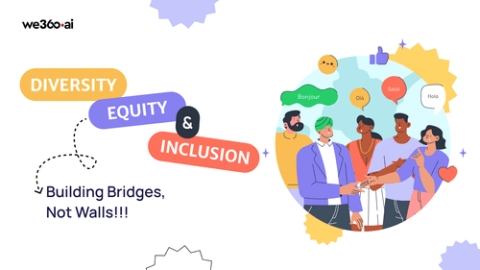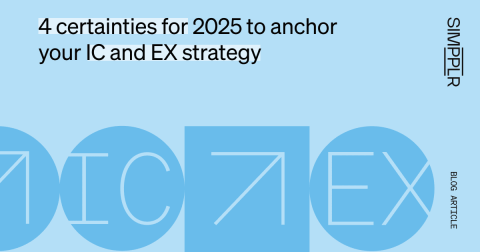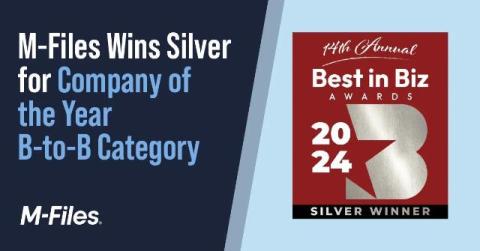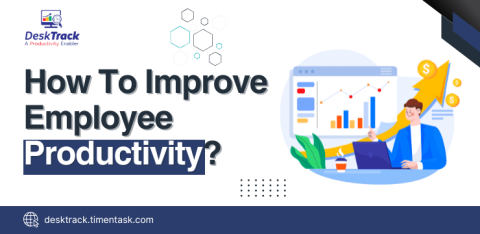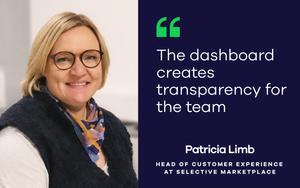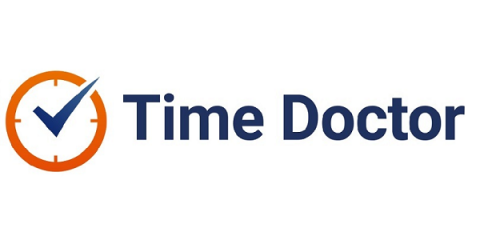What is proof of concept? POC writing guide with examples
A proof of concept (POC) demonstrates the feasibility of a proposed product, method, or idea. You must prove why your idea will work in the real world, so stakeholders and investors feel comfortable moving forward with the project. In this piece, we’ll explain how to write a POC and why this presentation is a beneficial part of product development. Before you spend time, money, and energy on a project, it makes sense to research whether your idea is worthwhile.



